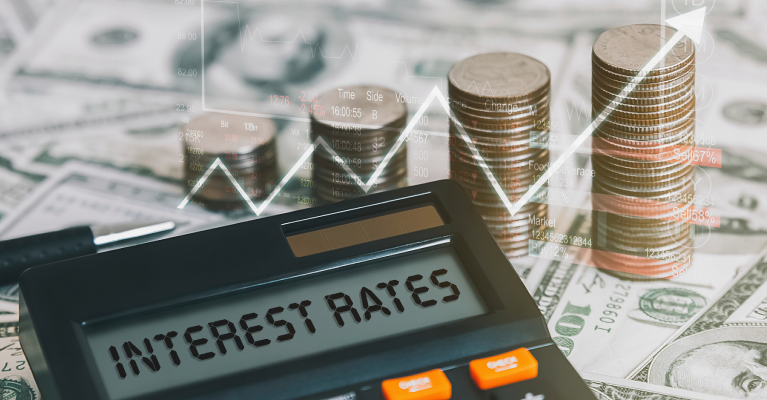Goal setting is often top-of-mind for many consumers around the New Year. As you look to set your goals for the year ahead, it is important to remember to include your financial goals.
A recent WSFS Bank Money Trends study found that the uptick in interest rates has motivated 30% in the region to reduce their credit card spending and debt, while an equal percentage are steering clear of loans altogether.
Here are tips to help rein in your debt and build your credit.
Take a Close Look at Your Spending and Debt
The first place to start is to ensure you have a firm grasp on your various debts as well as your spending habits. This can help identify areas where you’re overspending and help adjust before you find yourself in a financial hole. Try to plan large purchases in advance and stick to your list when heading to the store to stay on task and on budget.
If you have existing debt you’re working to repay, focusing on paying off debt with the highest interest rates first can help save money over time, just ensure you’re still meeting the monthly minimum payments for other debts. Some consumers also opt to focus on paying off their lowest balances first, which can feel like a “win” and provide additional motivation.
Checking with your lenders to see if you qualify for a better interest rate can also help you more quickly pay down your debt.
Consider Consolidating
Many consumers carry multiple loans or lines or credit such as credit cards, personal loans, student loans, mortgages, and more. Consolidating can provide a convenient way to pay off your various debts, while also potentially providing a better interest rate overall.
Personal loans can be used to consolidate your debt into one monthly payment and often offer a lower interest rate than credit cards. If you’re a homeowner, home equity lines of credit (HELOC) and home equity loans are two options that enable you to leverage the equity you’ve built in your home to consolidate debt. Some lenders even provide the option to convert your HELOC to a fixed-rate loan for the total loan amount or a portion of the loan, which could help save money if the fixed rate offered is lower than your current variable rate.
You can also consolidate debt using a credit card with a 0% introductory rate, just ensure you know what your rate will be after the introductory period ends as well as any fees or requirements for balance transfers.
Regardless of how you consolidate your debt, speaking with your lenders first is always a good idea to ensure you have a firm grasp on the process and to see which options might work best for you.
Build or Repair Your Credit Score
Whether you already have a strong credit score or your score could use some work, requesting your free credit report periodically can identify any inaccuracies or fraud that could affect your score.
Your credit score is impacted by a variety of factors, including payment history, credit utilization, length of credit history, credit mix and new lines of credit. Some steps you can take to improve your credit score include paying your bills on time and keeping your debt-to-credit ratio below 30% whenever possible.
Opening and closing lines of credit can also impact your score, so it is important to only do so when needed. For example, if you have a credit card you no longer use but there are no annual fees, it may be more beneficial to leave this account open. On the contrary, if there is a stiff annual fee that outweighs the benefits you’re receiving, consider closing the account when the time is right.
Building your credit and paying off debt can take time, but with the right plan in place you can set yourself on a path toward success. If you need more assistance crafting your plan, consider speaking with your local banker.

Helping you boost your financial intelligence.
Read our financial resources from your friends at WSFS.




